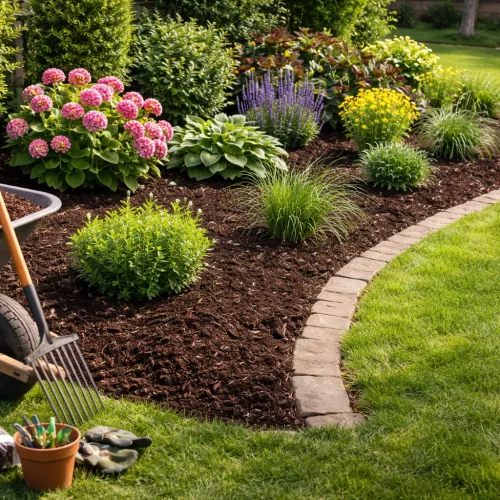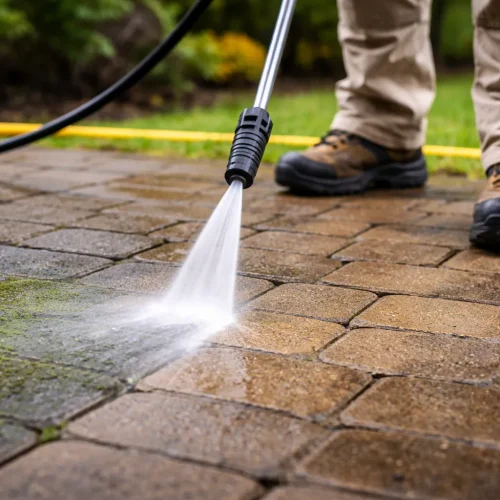Painting on canvas has been the choice of artists for centuries. From the grand works of Renaissance masters to the bold, expressive styles of modern creators, canvas has carried the stories, emotions, and visions of countless painters. Today, it remains one of the most versatile and rewarding surfaces for both beginners and seasoned artists. Whether you’re dipping your brush into paint for the first time or looking to refine your techniques, painting on canvas opens the door to endless creativity.
What You Should Know Before You Start
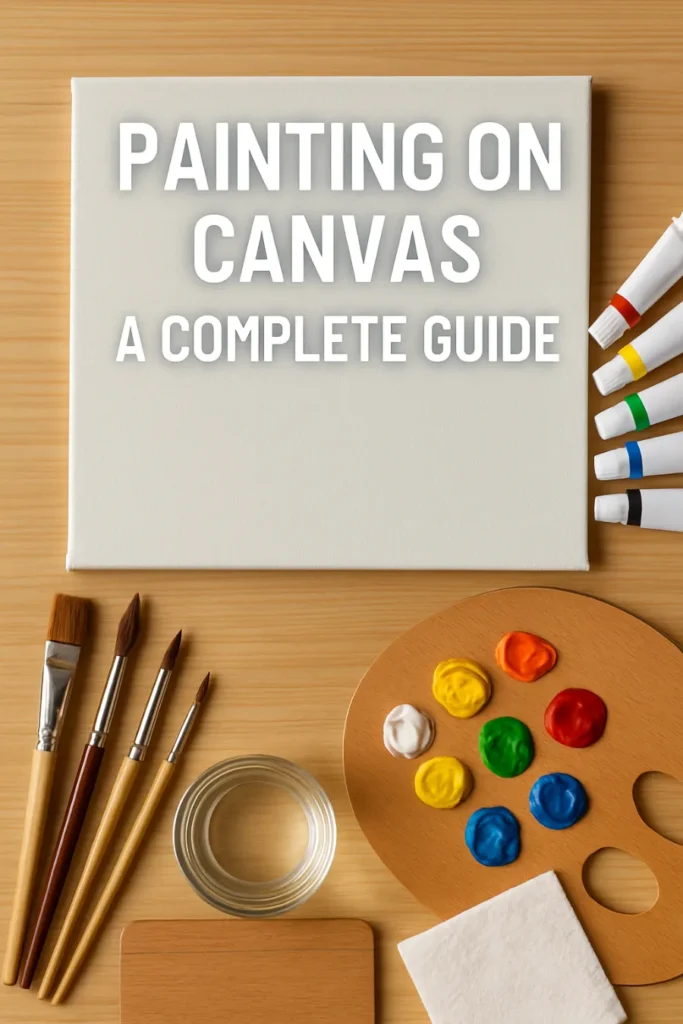
Before you pick up your brush, it’s important to understand the surface you’ll be working with. Not all canvases are created equal, and choosing the right type will impact both your process and final artwork.
Pre-primed vs Unprimed Canvases
- Pre-primed canvases are ready to use straight out of the package. They’re coated with gesso, which prevents paint from soaking into the fibers. Great for beginners.
- Unprimed canvases require you to apply gesso yourself. While this adds an extra step, it gives you more control over the texture and absorbency of the surface.
Types of Canvas
- Cotton: Affordable and flexible, making it the most common choice.
- Linen: Durable with a fine texture, often preferred by professionals.
- Canvas boards: Lightweight and easy to store—perfect for practice sessions or quick studies.
Priming Your Own Canvas
If you want complete control, buy raw canvas and prime it yourself with two to three coats of gesso. Sand lightly between coats for a smooth surface.
Essential Supplies for Painting on Canvas
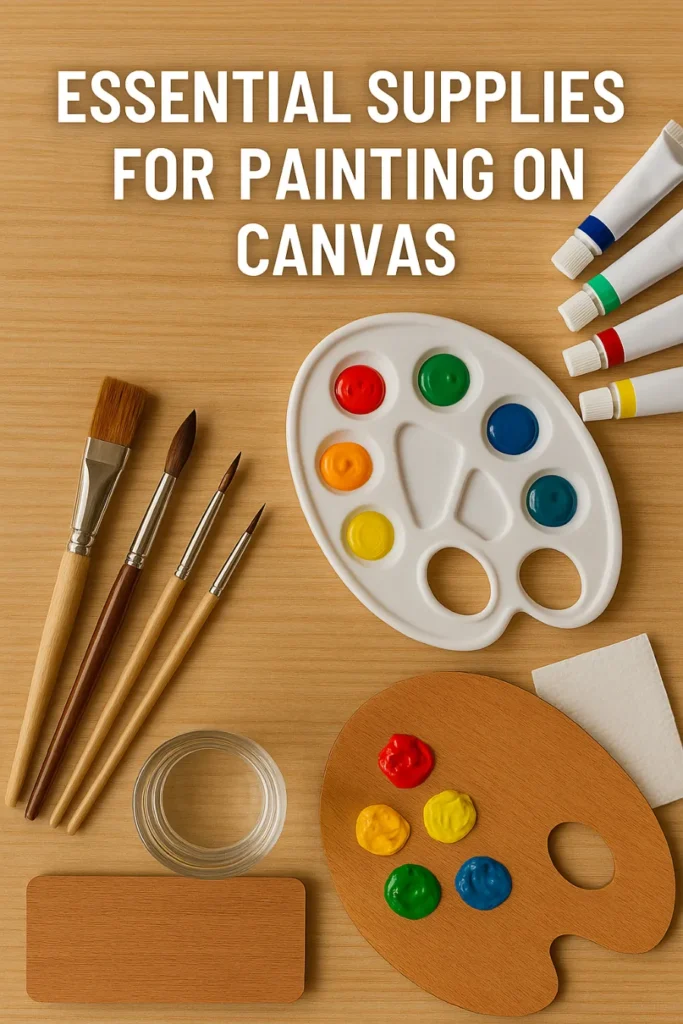
To get the most out of your painting experience, having the right supplies matters. At minimum, you’ll need:
- Paints: Acrylics for fast drying and versatility, oils for richness and blending.
- Brushes: A mix of flat, round, and filbert brushes in various sizes.
- Palette: For mixing your colors.
- Easel: Keeps your canvas steady and improves posture.
- Rags or paper towels: For cleaning and texture effects.
- Mediums: Such as linseed oil (for oils) or acrylic gel (for acrylics).
Step-by-Step Basics of Painting on Canvas
Sketching and Underpainting
Lightly sketch your composition on the canvas with a pencil or charcoal. For a stronger base, create an underpainting in a neutral color to map values and composition.
Laying Out Supplies
Keep paints, brushes, and water (or solvents) within arm’s reach. A well-organized space saves time and keeps you in the creative flow.
Choosing the Right Brushes
- Large flat brushes: Perfect for bold strokes and covering large areas.
- Round brushes: Great for detail and fine lines.
- Filbert brushes: Versatile, offering both sharp edges and smooth blending.
Toning the Canvas
Apply a thin wash of color (such as burnt sienna or raw umber) across the canvas before painting. This “toning” reduces the stark whiteness and gives your work more depth.
Using Mediums and Solvents
Experiment with mediums to adjust drying time, texture, and finish. Solvents like turpentine or odorless mineral spirits are essential for thinning oils, while water or acrylic mediums work for acrylics.
Common Painting Techniques
Acrylics vs Oils
- Acrylics: Quick-drying, forgiving, and easy to layer. Perfect for bold experimentation.
- Oils: Slow-drying, allowing for smooth blending and subtle transitions. Excellent for detail and depth.
Alla Prima (Wet-on-Wet)
This technique involves applying layers of paint while previous layers are still wet. It creates a fresh, expressive finish and is especially popular with oil painters.
Underpainting and Grisaille
Underpainting sets tonal values before applying full color. Grisaille, a gray monochrome underpainting, creates depth and guides color choices.
Fixing Mistakes and Finishing Touches
Mistakes are part of the process. With acrylics, wait for the paint to dry and layer over. With oils, scrape away wet paint gently with a palette knife.
When your painting is finished, consider:
- Varnishing: Protects the painting and enhances color vibrancy.
- Framing or Gallery Wrap: Adds a professional touch for display.
Storage and Display of Your Canvas Art
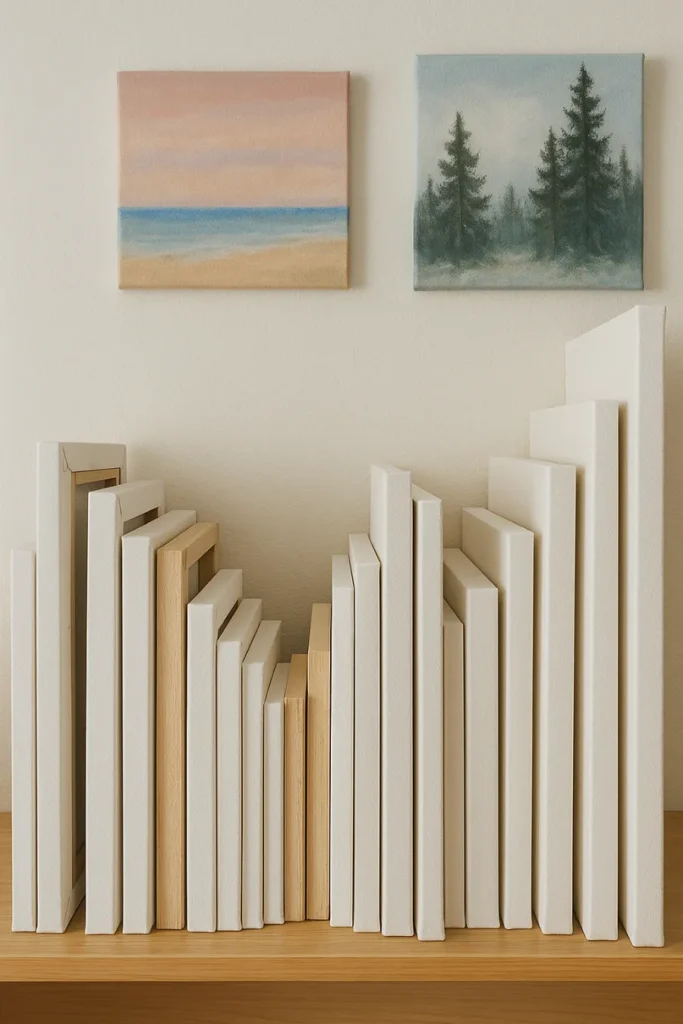
Store paintings upright in a dry, cool place to prevent warping. If you’re displaying your work, avoid direct sunlight to reduce fading.
For long-term storage, separate canvases with sheets of acid-free paper to protect the paint surface.
Easy & Fun Painting Ideas for Beginners
If you’re new to painting on canvas, try these tips for approachable projects:
- Landscapes: Simple skies, fields, or beach scenes.
- Flowers: Practice shapes, colors, and textures.
- Still life: Everyday objects like fruits, cups, or books.
- Abstracts: Focus on color, texture, and emotion rather than realism.
These ideas build confidence and allow you to explore different techniques without pressure.
Conclusion
Painting on canvas is both timeless and personal. It’s a practice where tradition meets experimentation, where every brushstroke tells part of your story. Whether you’re experimenting with acrylics, diving into oils, or simply enjoying the process of creating, the key is to keep painting. Don’t be afraid of mistakes—each one is a stepping stone toward mastery.
So grab your brushes, choose your canvas, and let your creativity spill onto the surface. Painting on canvas isn’t just about making art; it’s about making something uniquely yours.




